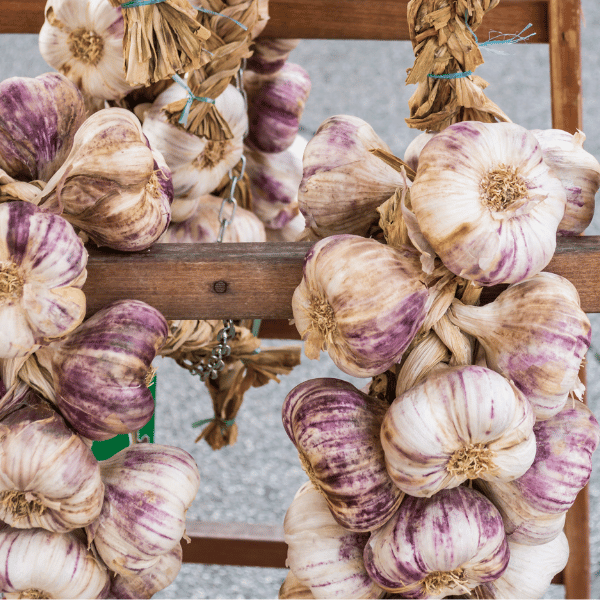Beautiful Plants For Your Interior
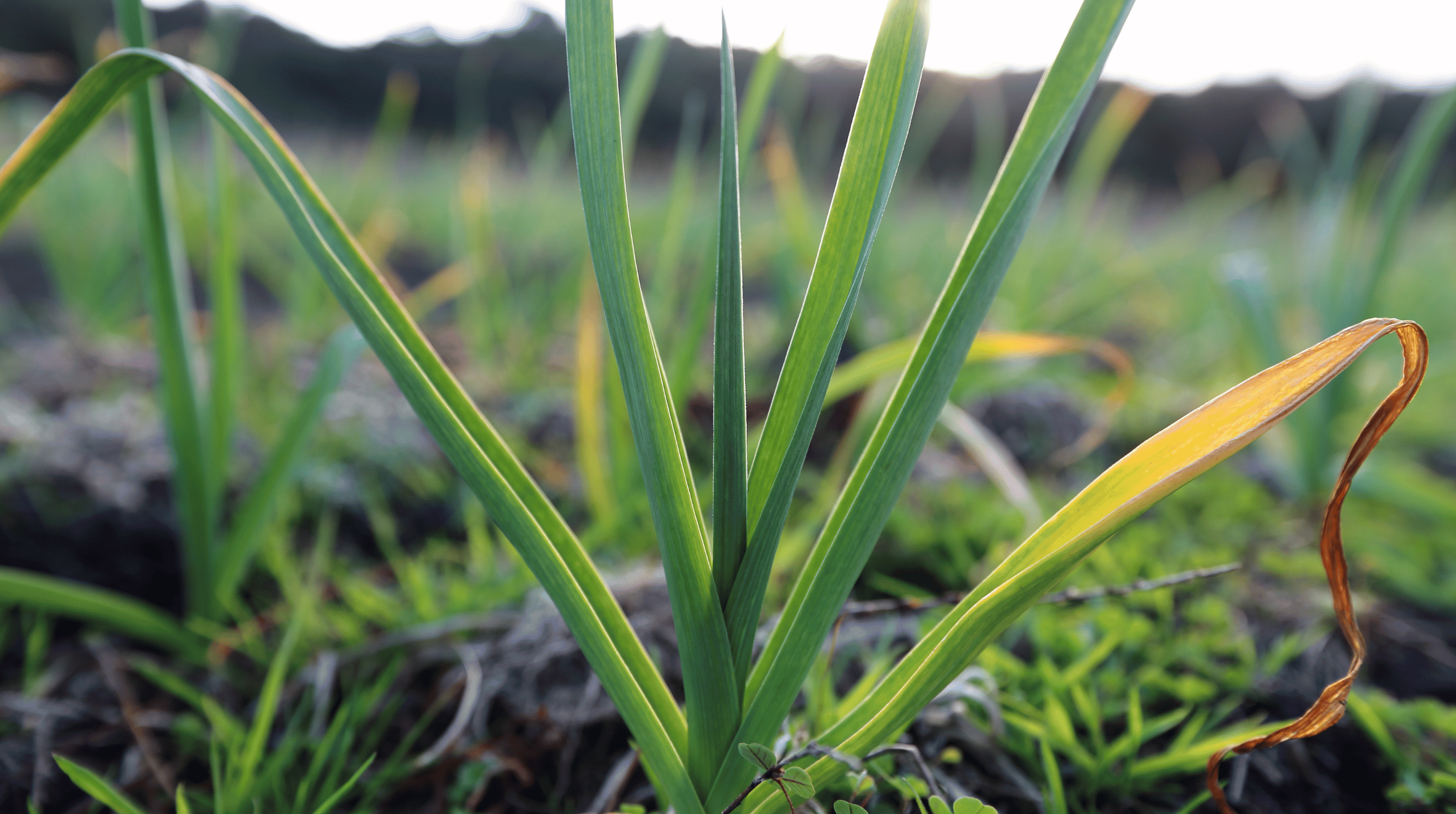
Garlic (Allium sativum) is a rewarding herb to grow in your garden during winter. It has been grown for thousands of years throughout the world, due to its myriad of beneficial uses related to health, cooking, and companion planting.
How does garlic grow?
Garlic is propagated by planting single cloves, which have been taken from around the edge of the bulb. The inner cloves tend to be smaller, and if planted, may simply enlarge during the growing season rather than divide to produce its own bulb.
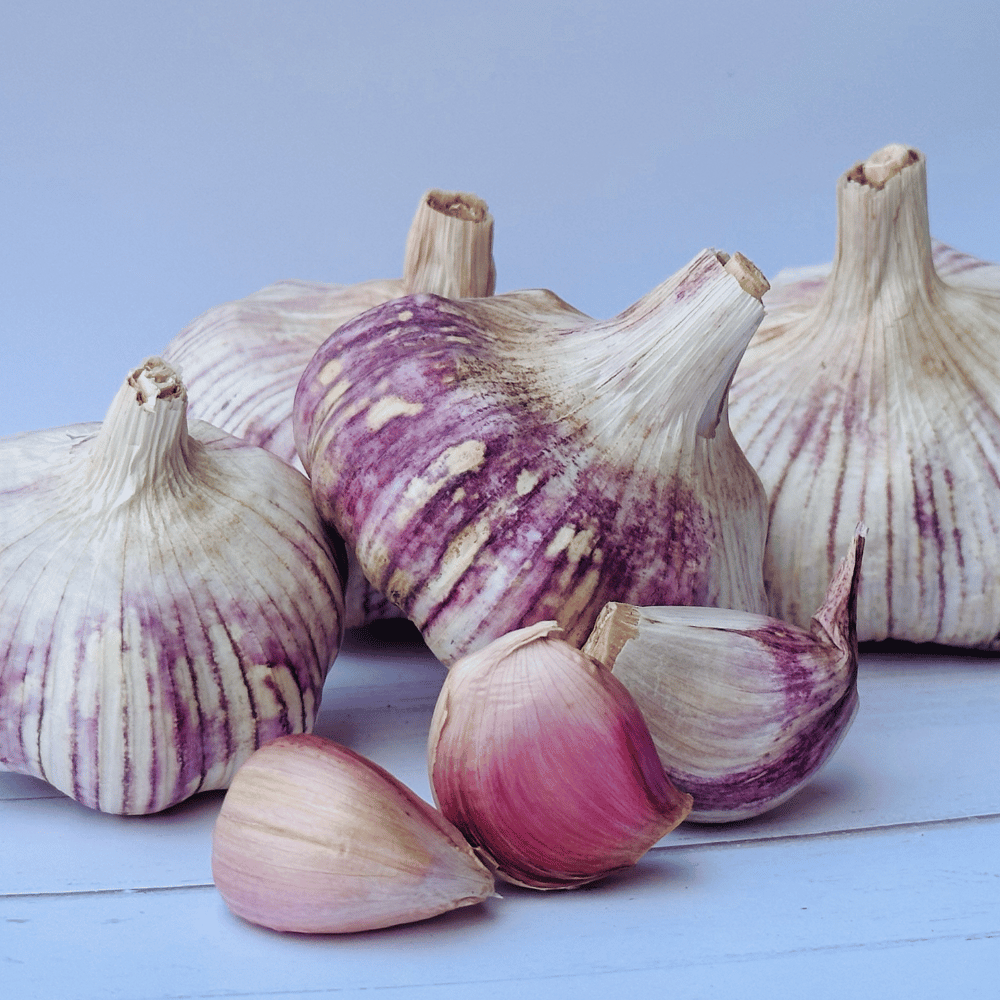
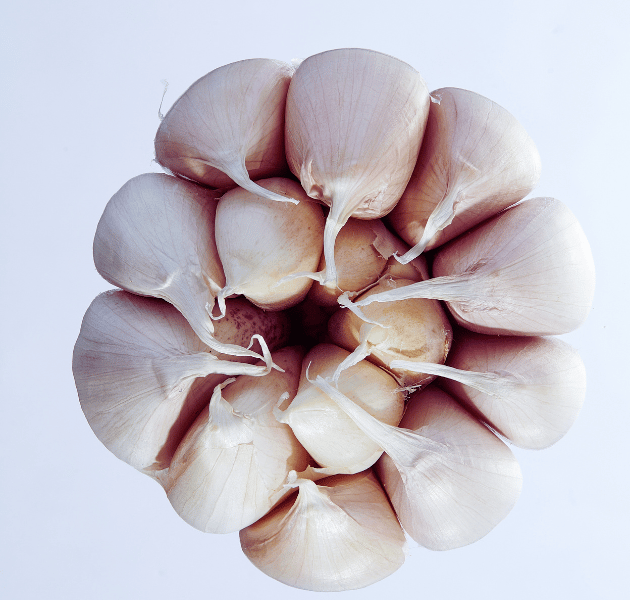
When should you plant your garlic?
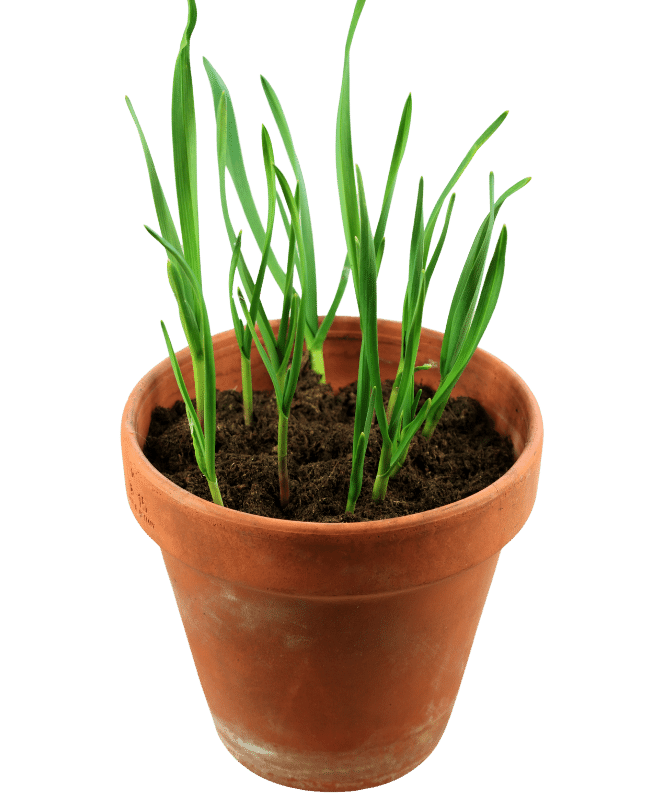
It will depend on your local climate:
In cool climates, cloves are generally planted in spring. As garlic needs a long growing season, cooler climates can cause the clove to form a solid bulb in their first year, and then split into multiple cloves in their second year.
It may be necessary to protect the plant from severe frosts by initially planting the individual cloves into small pots. These can be placed in a greenhouse during winter, and then transplanted into the ground in spring to complete its growth.
In warm climates, with longer growing seasons, garlic is typically planted in late Autumn. The individual cloves can be planted directly into the ground, and then harvested during late Spring, or early Summer.
How do I plant the garlic cloves?
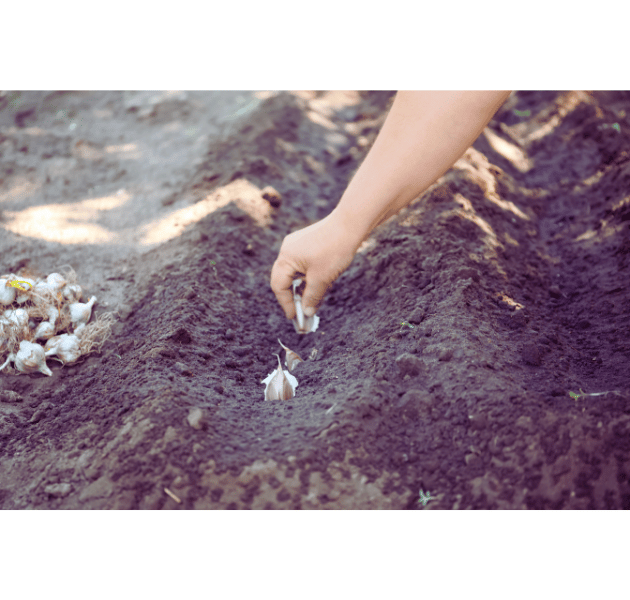
Garlic prefers a well-drained soil, and can be planted into raised beds.
Try to plant each clove vertically, so that it’s pointed tip is facing upwards. The tip should be covered by about 2.5 cm of soil.
Each clove should be planted about 15 cm apart from each other. Also, aim to keep each row about 30 cm apart.
Garlic does really well with an occasional boost of good-quality organic fertiliser. When planting, you can place a few pellets of ‘rooster booster’ (or similar) underneath each clove.
How do I care for my garlic during its growing season?
Typically, garlic is really easy herb to grow during the winter season. Depending on your soil’s nutrient level, it may love a boost of ‘high-quality’ organic fertiliser pellets (or similar) every month or so.
It is also very important to keep the soil weed-free, so the garlic doesn’t have to compete for important nutrients.
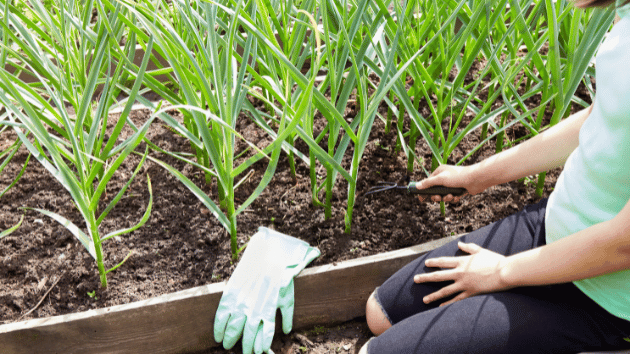
Garlic scapes
If your garlic variety is a hard-neck variety (as opposed to the soft-neck type), you may notice the plant develop a garlic scape (aka: flower stem) towards the end of the growing season. This should be removed to help the plant to focus on exerting its energy in developing its bulb, not the flower.
The garlic scapes are delicious and can be added to a salad, stir-fry or pesto.
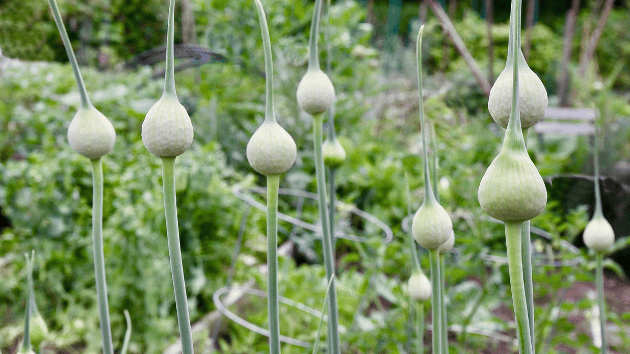
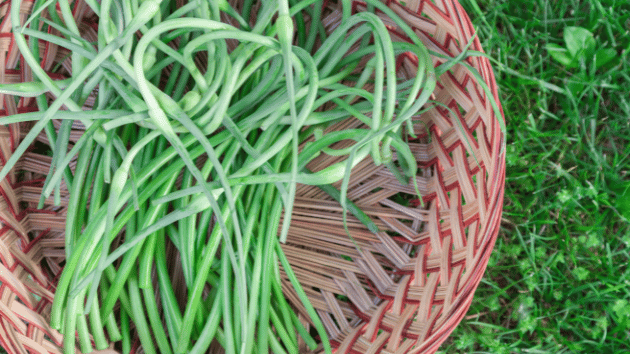
Harvesting tips
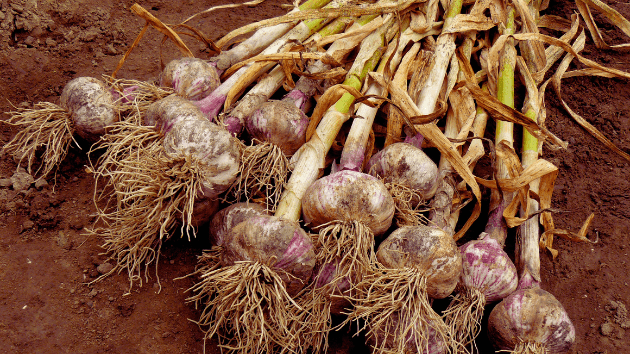
Garlic is typically harvested in late spring, or early summer, depending on climate.
When the garlic leaves turn yellow and start to die off, the garlic is ready for harvesting. You can loosen the soil and then pull the garlic out by holding onto its leaves.
Hold a few in a bunch and shake the excess soil off the roots. Then lay them on the ground for a while in the sun and wind to dry off a little.
Curing process
Garlic will keep best if it is cured properly. This involves drying all the outer skins to avoid any mould development.
Ideally, the first week of curing should be in the sunshine – if possible. If its particularly hot weather, then make sure they don’t get sunburned – drape a shade-cloth overhead, or use the leaves of a nearby bulb as protection.
If this isn’t realistic, then you can also place them on racks. Just make sure they’re spread thinly to avoid any risk of them going mouldy. It is crucial that the garlic has good air circulation.
Depending on your location and climate, the garlic should be fully cured within a month or so.
Trimming & Storage
How to trim garlic
After the curing process, you can trim off the leaves and roots. Note: If you’re planning to braid the garlic, just trim the roots. If braiding isn’t on the agenda, just leave about 10 mm of stem above the bulb.
This is a good time to check that your garlic has cured properly. If you notice it’s still a little moist inside the stem, then cure for a little longer.
Storage suggestions
Store your garlic in a cool, dry location, with low humidity and good air circulation.
If your garlic is exposed to humidity or damp conditions, it will typically lead to mould growth and early sprouting.
